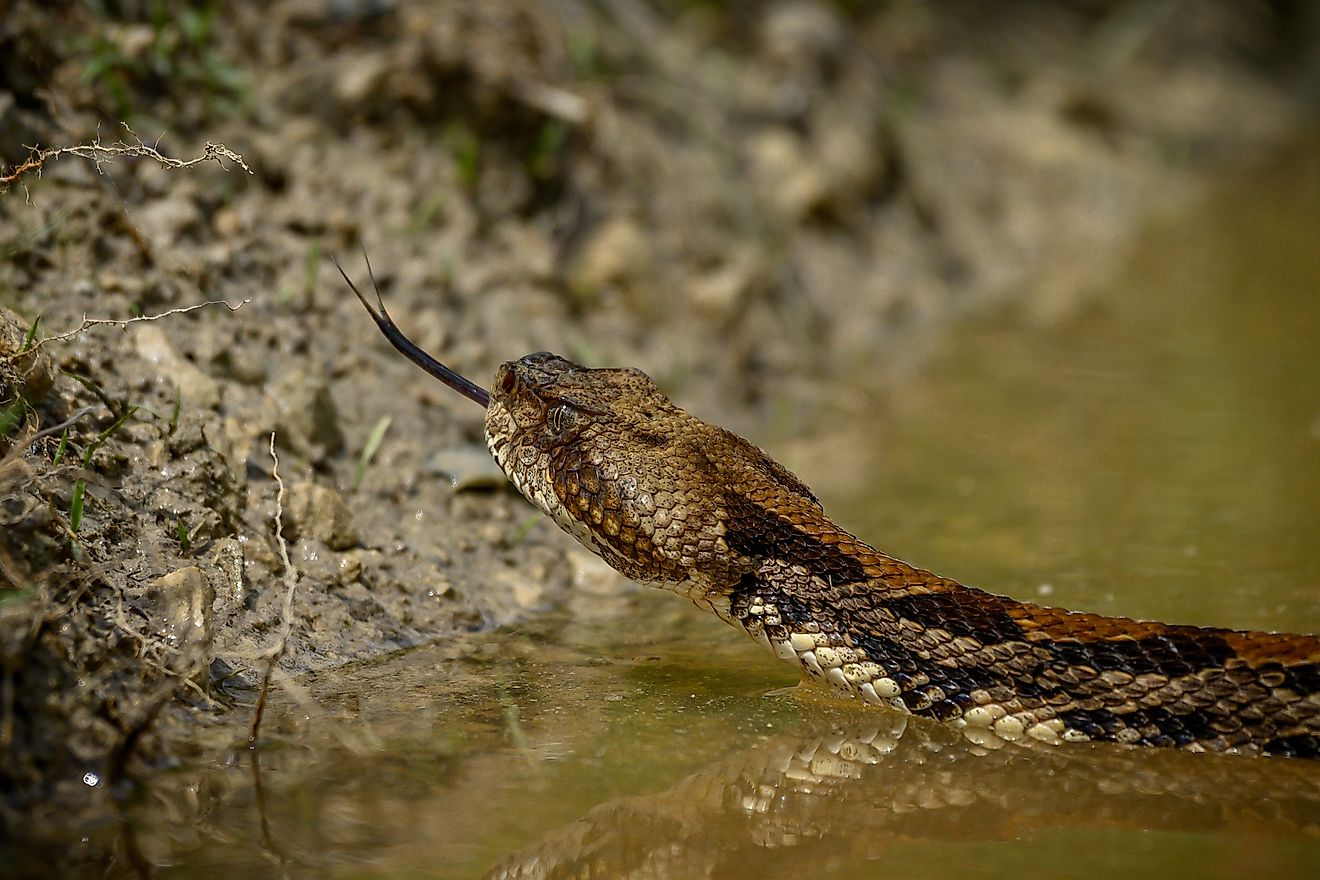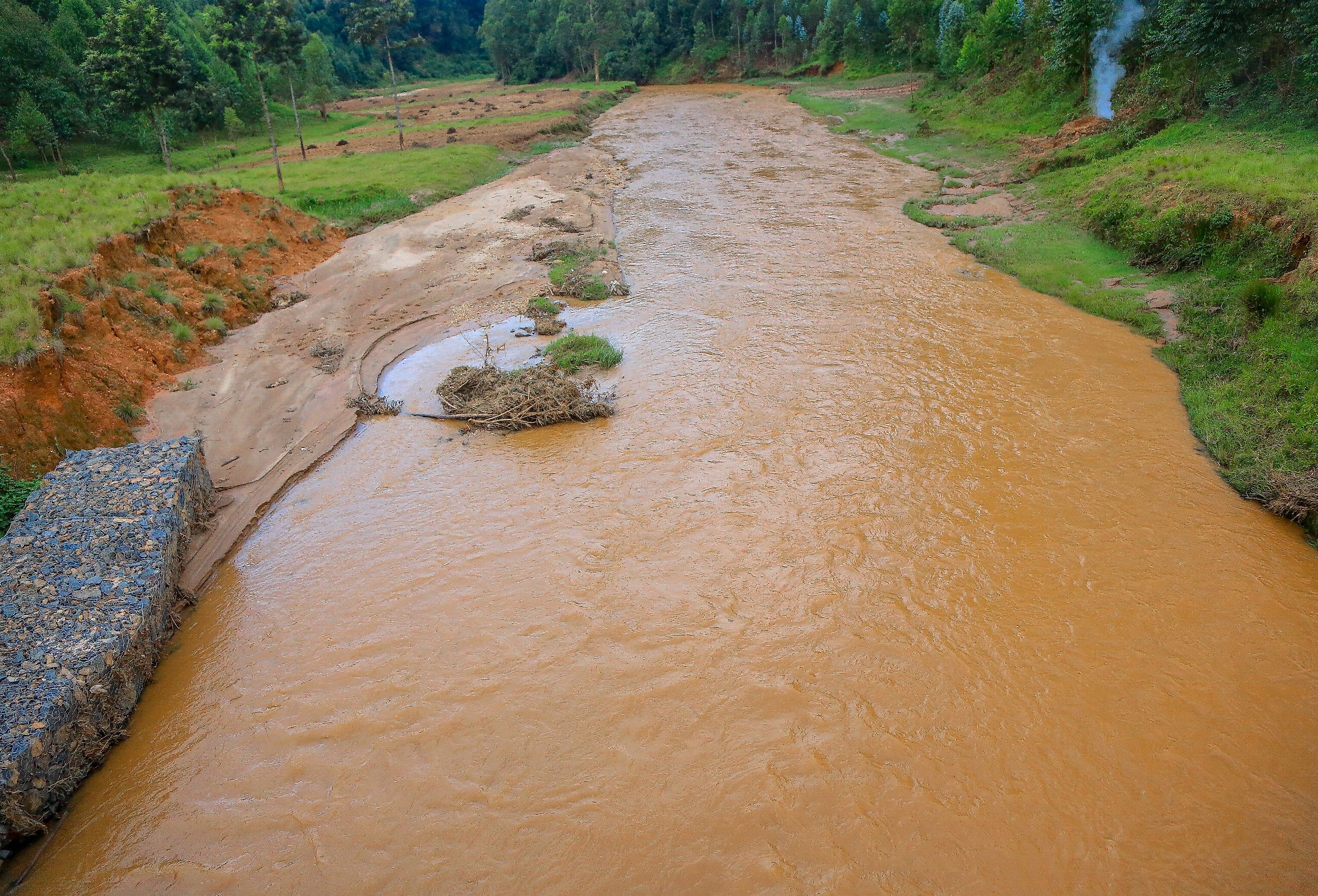
Akanyura River
Just off the Nyabarongo River, the Akanyura River flows in Rwanda. Surrounded by lush trees and swamps, the river is important for both people and wildlife in the area. Locals use the river for fishing and agriculture, while the area surrounding the river is also used as a hunting ground due to its fertile grounds. The wetland portion of the river is teeming with wildlife, particularly birds. While many may not have heard of the Akanyura River, let us explore the river's significance.
The course of The River
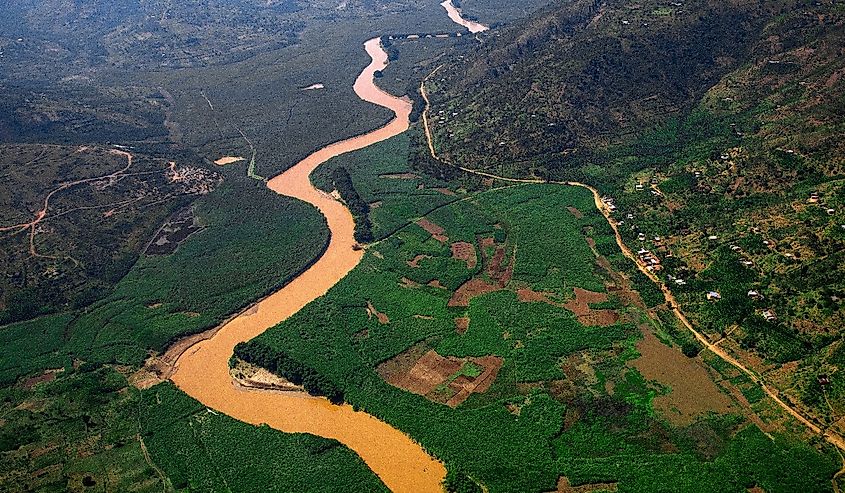
The Akanyura River is the main tributary of the Nyabarongo River, which is a major river in Rwanda and part of the upper region of The Nile. The river rises into the western highlands of Rwanda and Burundi, flows east, and heads north on the border between Rwanda and Burundi. The river then joins the Nyabarongo River in the Bugesera district of Rwanda. This forms the Akagera River, which is the source of water for the Nile River. The Akanyura contains important wetlands in its lower section. These wetlands are important for wildlife but remain unprotected, despite threats from human activity.
The major headwater off the Akanyura River is the Mugere River, which rises at an elevation of 8,040 feet in Burundi. The headwater also has sources in south Rwanda at about 7,500 feet elevation. There is a catchment area, where rainfall flows into the river, of around 2,650 square kilometers, upstream. Downriver, there is a belt of permanent wetlands ending at the Nyabrongo River that is around 7 kilometers wide.
The swamp belt area of the river has around 14,600 hectares of permanent swamp along 63 kilometers of the river. Two lakes feed that stretch of the river: Cyohoha North and Cyohoha South.
Climate
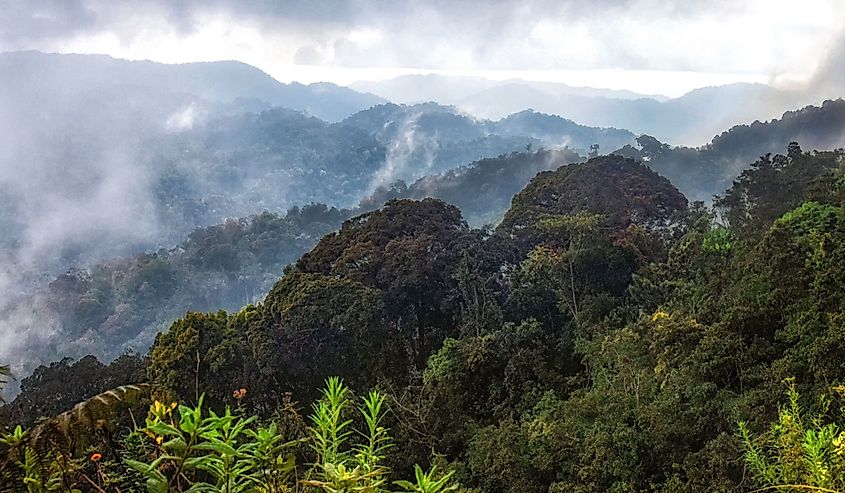
As the Akanyura is in Rwanda and since Rwanda is near the Intertropical Convergence Zone, this influences the climate in the area. In the Intertropical Convergence Zone, there is a belt of converging trade winds and rising air that encircles the Equator. This causes two rainy seasons in Rwanda: one is from mid-September to mid-December, and the other one is from March to May. Considering the length of the rainy seasons in Rwanda, the Akanyaru River receives a good deluge throughout the year. In the upstream part of the river basin, there is an annual rainfall of about 47 inches while in the wetland area of the river, there is an average rainfall of about 31 inches.
Ecology
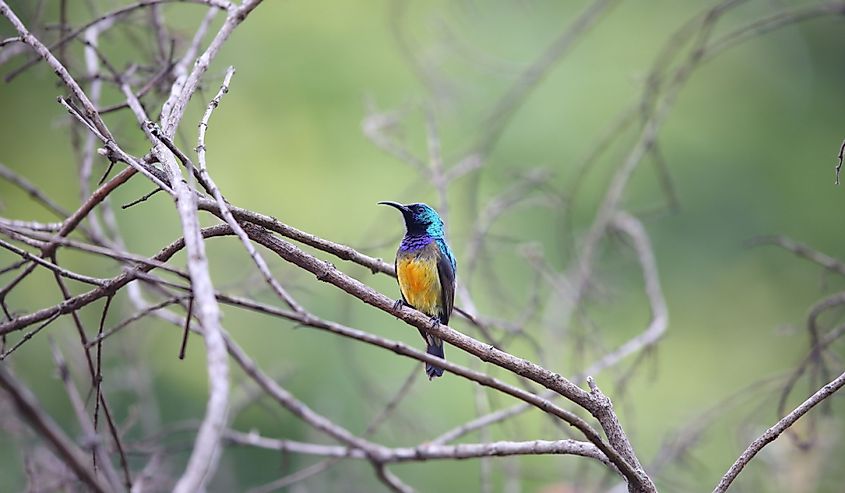
The Akanyaru River is located in a hotbed of wildlife. The wetland region of the river holds importance for birds and is home to more than 54 species of birds recorded in the Akanyaru area. Unfortunately, some of the species that live here are near-threatened and vulnerable, including the papyrus gonolek, great snipe, and papyrus yellow warbler.
In addition to birds, the Akanyaru River has a lot of plant life. Some of the main plants found are water cabbage, southern cutgrass, and Oryza barthii, which is a grass in the rice genus. Some areas of the Akanayru have pure strands of papyrus near the shore. In the swampy forest on the shores near the Akanyaru River, there are many varieties of trees and shrubs, including Myrica kantiana, Phoenix reclinata, and Bridelia micrantha.
Human Activity
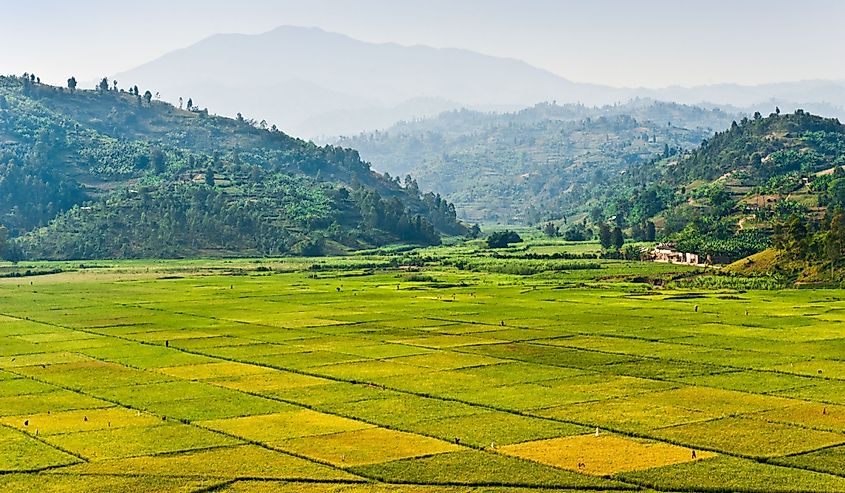
The Akanyura River is a fishing spot for locals while the Akanyura wetlands offer an ideal ground for agriculture. Most of the crops grown in the wetlands include rice, sugarcane, maize, and sweet potato. In the dry season, locals will cut and burn the marsh area to help with the fertility of the area.
The river is a good opportunity for economic development in the area and some local public figures have recommended locals use the area more for farming. In 2005, Charles Karangwa, the Butare Director for Economic Affairs, recommended that locals make better use of the Akanyaru wetland for crops. In 2011, similarly, the Minister of Lands and Environment recommended that the people of the Gisagara District use modern farming methods in the Akanyura swamp area. Besides farming, hunting is another activity practiced in the Akanyaru wetlands. Common animals hunted include the sitatunga, otter, aphalophe, and ducks.
Conservation Issues
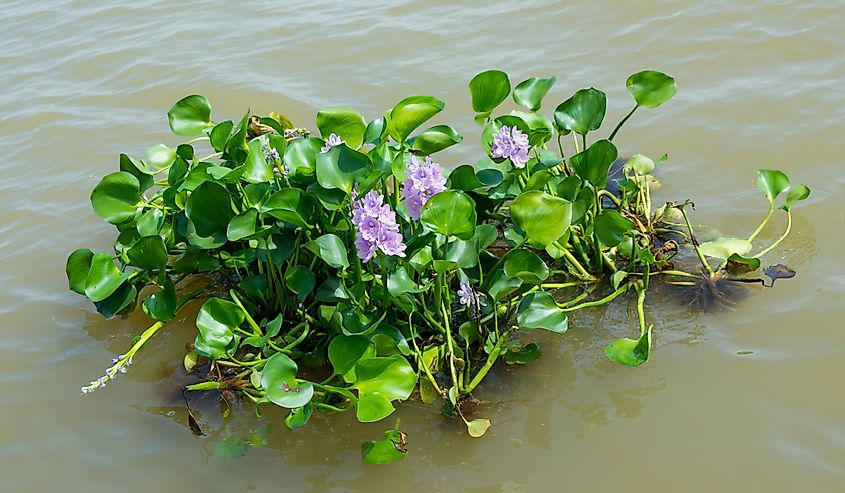
The human use of the Akanyaru River and wetlands from agriculture and hunting have exploited the river. The papyrus in the river is a habitat for threatened birds such as the Madagascar Pond Heron as well as mammals like the sitatunga, an endangered and a CITES-listed species. The habitat is small and declining because of human activity. This has resulted in the vacancy of animals that depend on this habitat and has hindered the ability of some of these animals to reproduce. Beyond human threats, the Akanyaru River is also exposed to threats of the invasive water hyacinth plant. This plant sometimes stops the river because the matter becomes so dense and is difficult to remove.
Conclusion
While the Akanyaru River is not as famous as other rivers, such as the Nile, it is of vital importance to Rwanda. The river is an important habitat for animals and wildlife in the area, especially birds. It is also an important source of economic income for people in the area who depend on the river for fishing, agriculture, and hunting. Considering the significance of the river, perhaps we can be better versed in harnessing its power while balancing the economic needs of local people with environmental protection.
